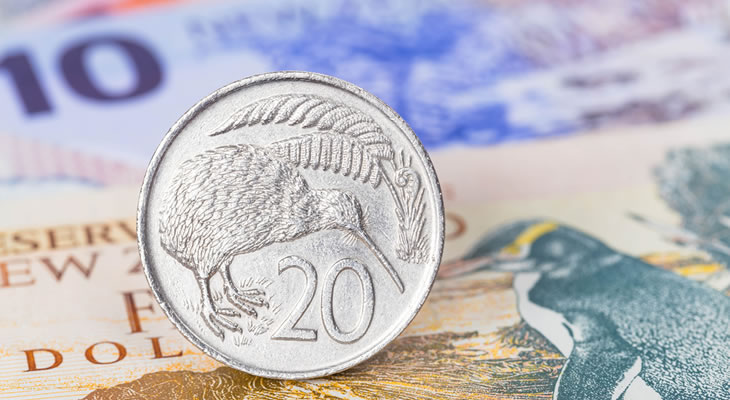While the Pound New Zealand Dollar exchange rate saw a modest uptick in the wake of the 2017 Budget announcement this boost soon faded.
The mood towards Sterling soured in response to the discouraging nature of the Office for Budget Responsibility’s (OBR) downwards revisions to its economic forecasts.
With general growth and wage increases set to remain sluggish over the forecast horizon this painted a rather bearish picture of the domestic outlook, encouraging investors to sell out of the Pound.
Although there was no change in the second estimate of the headline third quarter UK gross domestic product the underlying details of the report were not overly positive in nature.
Most signs seem to point towards the UK continuing to experience weaker growth in the coming months, even as the global economy picks up.
Even though the Conservative cabinet appears a little less divided in the wake of Chancellor Philip Hammond’s Budget this is unlikely to diminish the sense of political risk for long.
As UK data will be a little thinner on the ground in the coming week this could leave the Pound New Zealand Dollar exchange rate vulnerable to downside pressure.
Wednesday’s consumer credit and mortgage approvals figures may offer Sterling a rallying point, though, if the data points towards resilient domestic confidence.
Disappointing NZ Trade Data May Reverse New Zealand Dollar Gains
The third quarter New Zealand retail sales data showed a more limited loss of momentum than anticipated, offering some degree of support to the ‘Kiwi’.
This suggests that consumers still hold some sense of optimism, unaffected by recent signs of weakness within the wider economy.
A bearish US Dollar also helped to bolster NZD exchange rates ahead of the weekend, with demand for the safe-haven currency limited over the Thanksgiving break.
However, demand for the New Zealand Dollar may weaken overnight if October’s raft of trade data fails to show a solid improvement on the month.
As analysts at ANZ noted:
‘There are a number of moving parts this month, such as the lower NZD, elevated commodity prices (although dairy prices started to slip during the month) and the impact of the wet weather delaying the start of early-season volumes for the likes of livestock and horticulture sectors. It makes for a bit of a confused picture.
‘On the imports side, it is the same in many ways. The recent trend has been decent, although we wonder whether with uncertainty around the election, together with the potential for housing weakness to spill into bigger-ticket consumer goods (cars especially) that the trend might begin to soften.’
If the trade deficit fails to narrow this could offer the GBP NZD exchange rate a rallying point, underlining persistent market worries over the outlook of the New Zealand economy.
Current GBP NZD Interbank Exchange Rates
At the time of writing, the Pound New Zealand Dollar exchange rate was slumped in the region of 1.9287. Meanwhile, the New Zealand Dollar Pound exchange rate was trending higher around 0.5180.


Comments are closed.